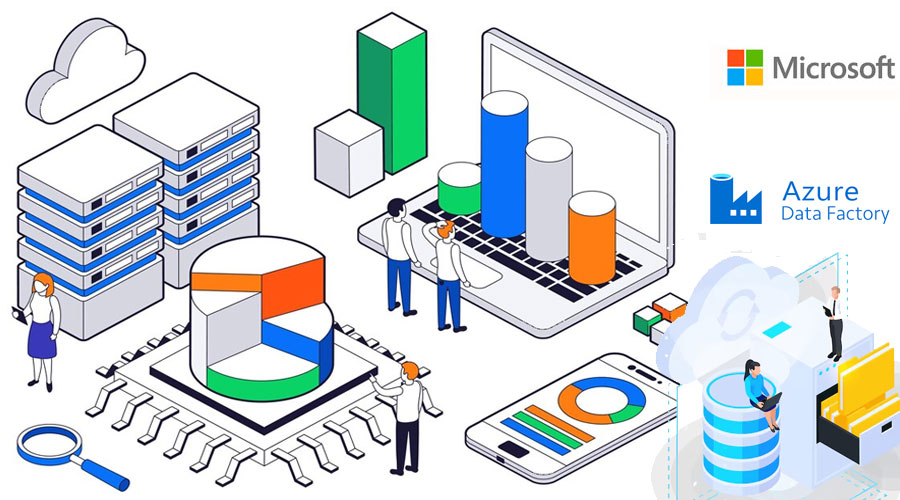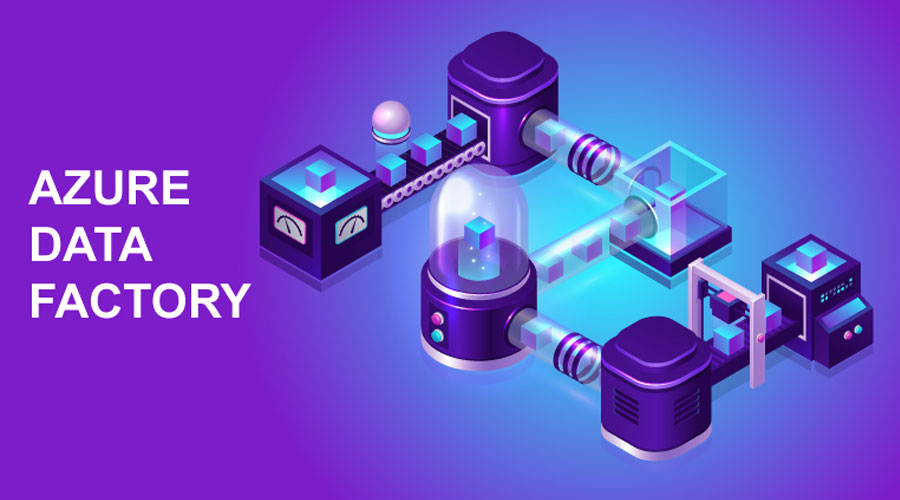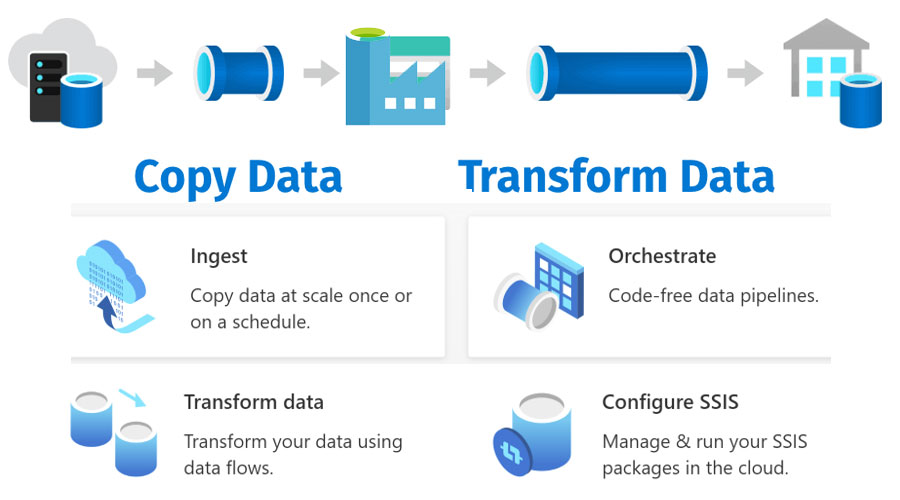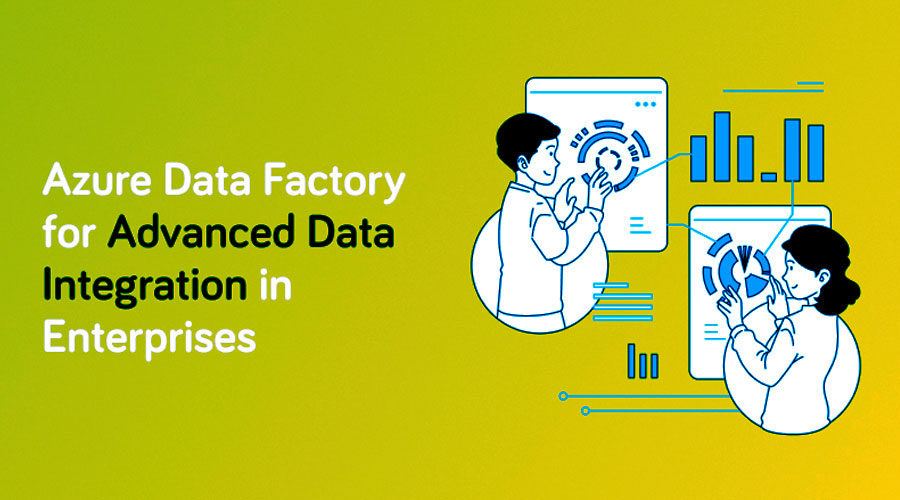With Fabric, you don't need to assemble different services from multiple vendors. Instead, it offers a seamlessly integrated, user-friendly platform that simplifies your analytics requirements. Operating on a Software as a Service (SaaS) model, Fabric brings simplicity and integration to your solutions.
Microsoft Fabric integrates separate components into a cohesive stack. Instead of relying on different databases or data warehouses, you can centralize data storage with OneLake. AI capabilities are seamlessly embedded within Fabric, eliminating the need for manual integration. With Fabric, you can easily transition your raw data into actionable insights for business users.





